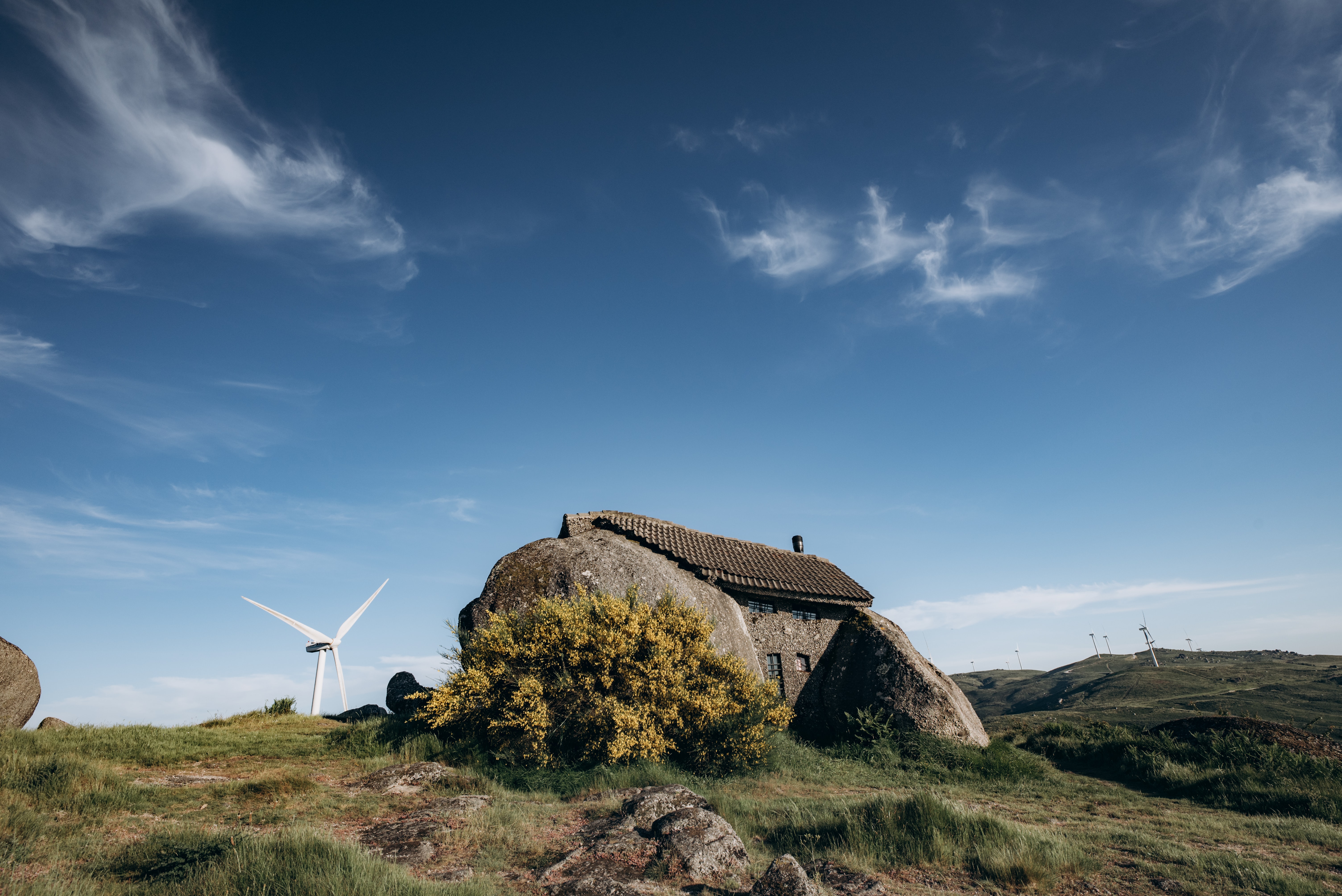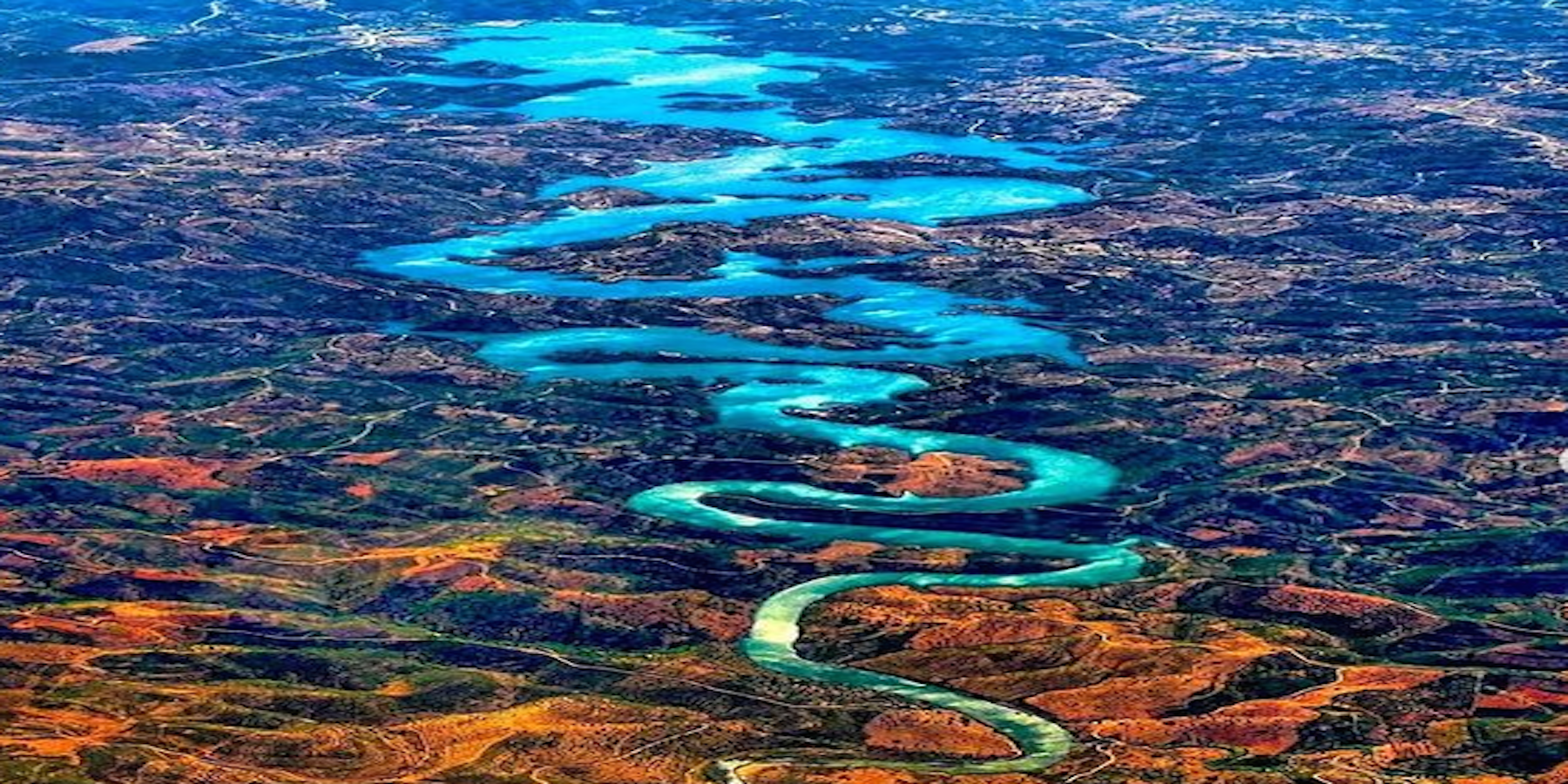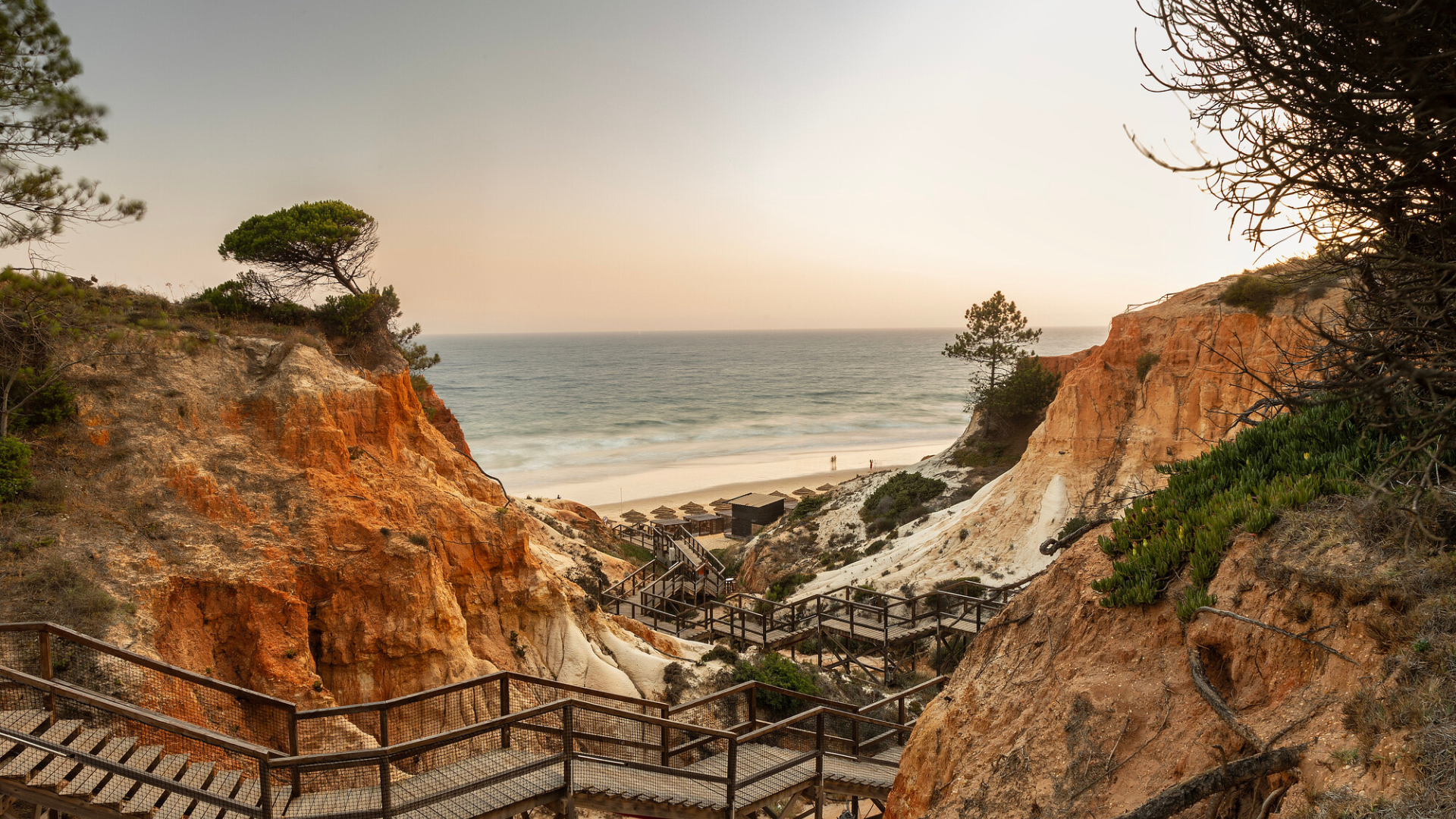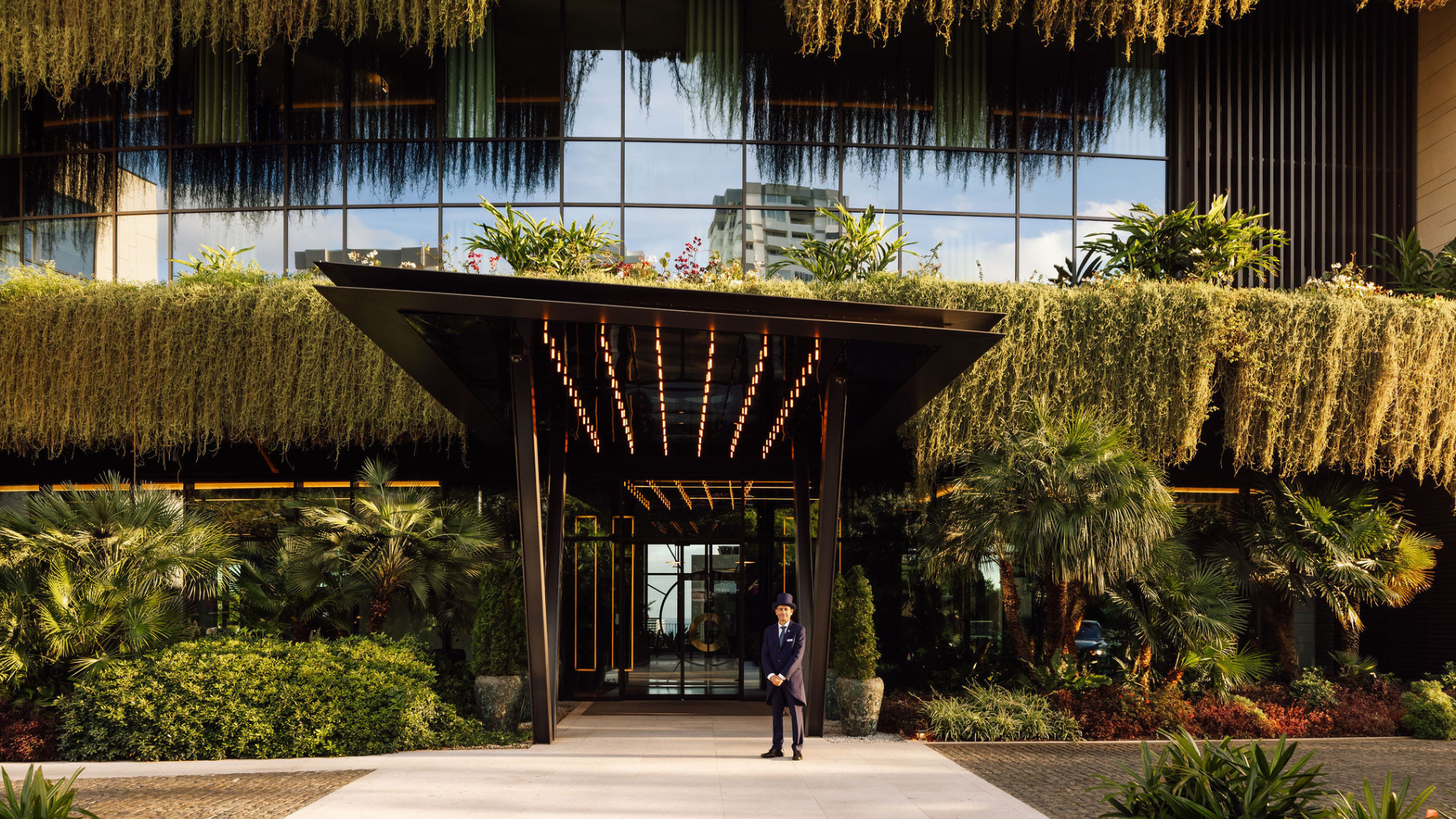Due to its paradisiacal beaches with blue waters, forests, and small historical villages, Portugal is considered a country rich in the natural beauty that looks like something out of a fairy tale. In this list of amazing places to visit in Portugal, we include villages, towns, cities, parks, monuments, islands, beaches, and even a cave. These are attractions in the Lusitanian lands that leave any visitor awestruck. Wine Tourism Tip: Book a 14-day tour with us and discover all there is to know about this unforgettable country!!
.png?width=1920&name=Untitled%20design%20(15).png)
This is only part I, wait for the next ones which are surprises you are not ready for!
Loriga
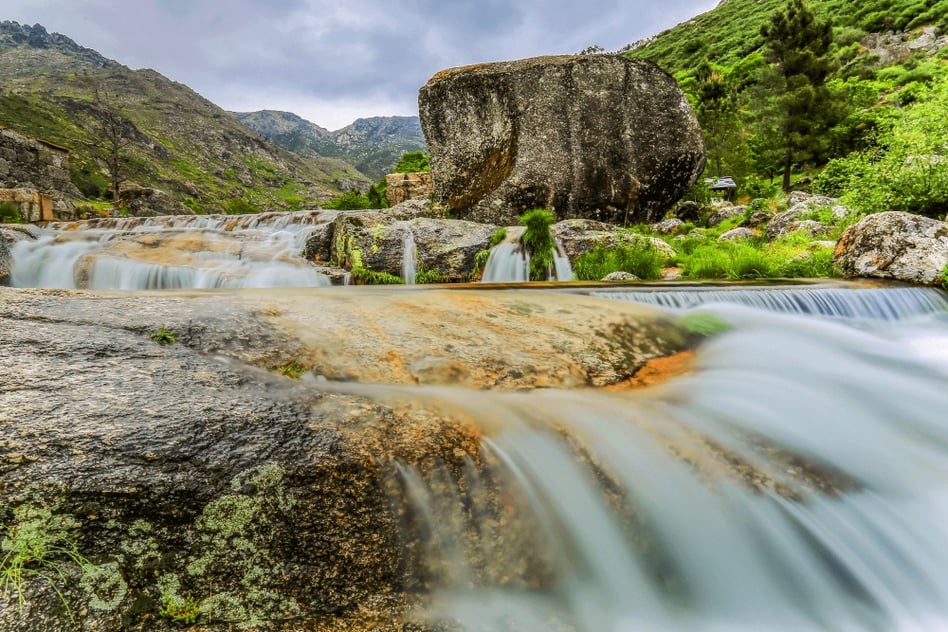 © Pedro Ribeiro | Praia Fluvial de Loriga
© Pedro Ribeiro | Praia Fluvial de Loriga
The river beach of Loriga was voted as one of the finalists for the beaches edition of the 7 Wonders of Portugal. After seeing the photos of the turquoise rock pool nestled in the mountains, you will understand why and even want to visit this place.
Monsaraz
Perched on a narrow hillside and overlooking a beautiful surrounding landscape, we find Monsaraz, a charming old town with an imposing castle - a living museum. Great views of the Alqueva Dam and olive groves dot the landscape. Its narrow streets are lined with irregular, white-walled cottages. Today, the village thrives on tourism, with a handful of restaurants, inns, and handicraft stores. It's worth coming to experience this beautiful "slice" of Portugal, strolling the streets and sampling the traditional Alentejo cuisine. Plus, at night, the towns turn off their lights so you can marvel at the night sky.
Populated long before the Moors arrived in the 8th century, Monsaraz was recaptured by the Christians of Giraldo Sem Pavor (Geraldo the Fearless) in 1167 and then handed over to the Knights Templar as thanks for their help. The castle was added in 1310.
Piódão
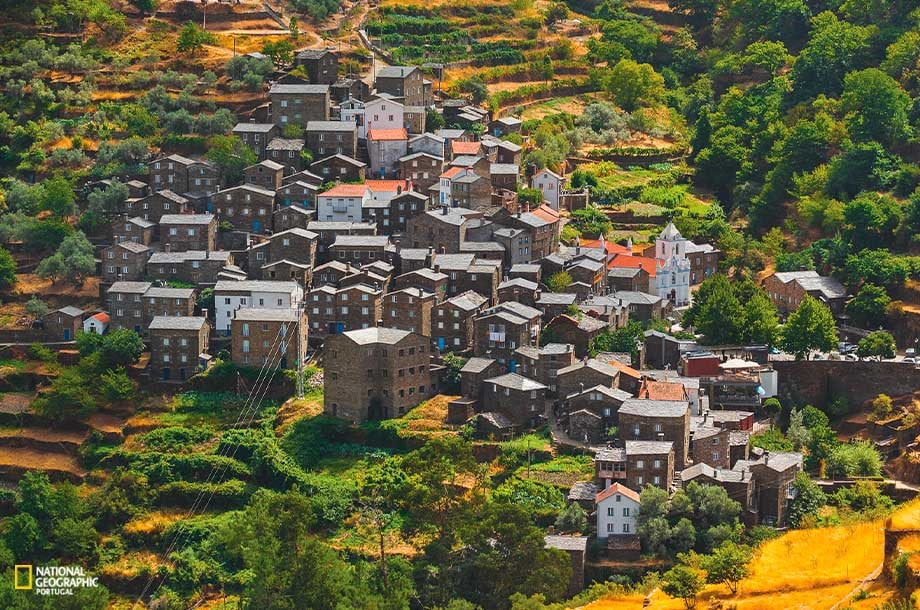 © National Geographic Portugal
© National Geographic Portugal
The picturesque village of Piódão clings to a steep mountainside deep in the Serra de Açor range in central Portugal. This is a protected landscape of deep river valleys, pine and eucalyptus forests, and rugged peaks. It is also one of the most remote areas of Portugal, and until the 1970s the only way to reach Piódão was on foot or horseback.
.jpg?width=1920&name=Untitled%20design%20(3).jpg)
There are several beautiful villages scattered throughout this mountainous region, but Piódão stands out for its heaps of two and three-story houses, completely crammed together with schist. Shale is a stone found in abundance locally and has an appearance somewhere between slate and granite, with rich warm tones. Piodão is a village through which history seems to have passed in every direction and here very little has been referred to over the centuries. However, it would have been a place where fugitives could escape justice, and this may have been the case for one of the perpetrators of a particularly dark episode in Portugal's history.
Foz d’Égua
The village of Foz d'Égua belongs to the parish of Piódão and shares with it the mystical beauty of the Serra do Açor. The village is characterized by its rural aspect, with its typical schist and slate houses, surrounded by nature in its purest state, rich in fauna and flora that find their natural habitat here. For many years, these villages and communities lived isolated and remote.
Berlengas
The Fortress of São João Baptistais located along the western coast of Portugal and stands on a rocky outcrop of the largest island of the Berlengas archipelago. It is an uncontaminated marine reserve with an extraordinary historical heritage. The fort, connected to the mainland by a stone bridge, was built by monks in medieval times and later used as a military fortress to defend the coast. This site was the protagonist of bloody battles on the Berlengas islands, including the Turkish attacks of 1655 and the invasion of the Spanish fleet in 1666. It was definitively abandoned in 1847.
.jpg?width=1920&name=Untitled%20design%20(5).jpg)
In the mid-20th century, it was partially restored and transformed into a very modest accommodation. Today, the Fortress of São João Baptista is open to tourists and can easily be reached in about forty minutes by speedboat from the charming village of Peniche.
Algar de Benagil/ Benagil Cave
Benagil Cave is a beautiful cave located along the coastal strip of the Algarve, a region in southern Portugal that is famous for its beautiful beaches. It is a majestic sea cave formed by three openings: two arches of about 50 meters overlooking the ocean and a third circular crevice with a diameter of about 20 meters perfectly situated at the top as a kind of skylight with natural sun rays beaming down.
Azenhas do Mar
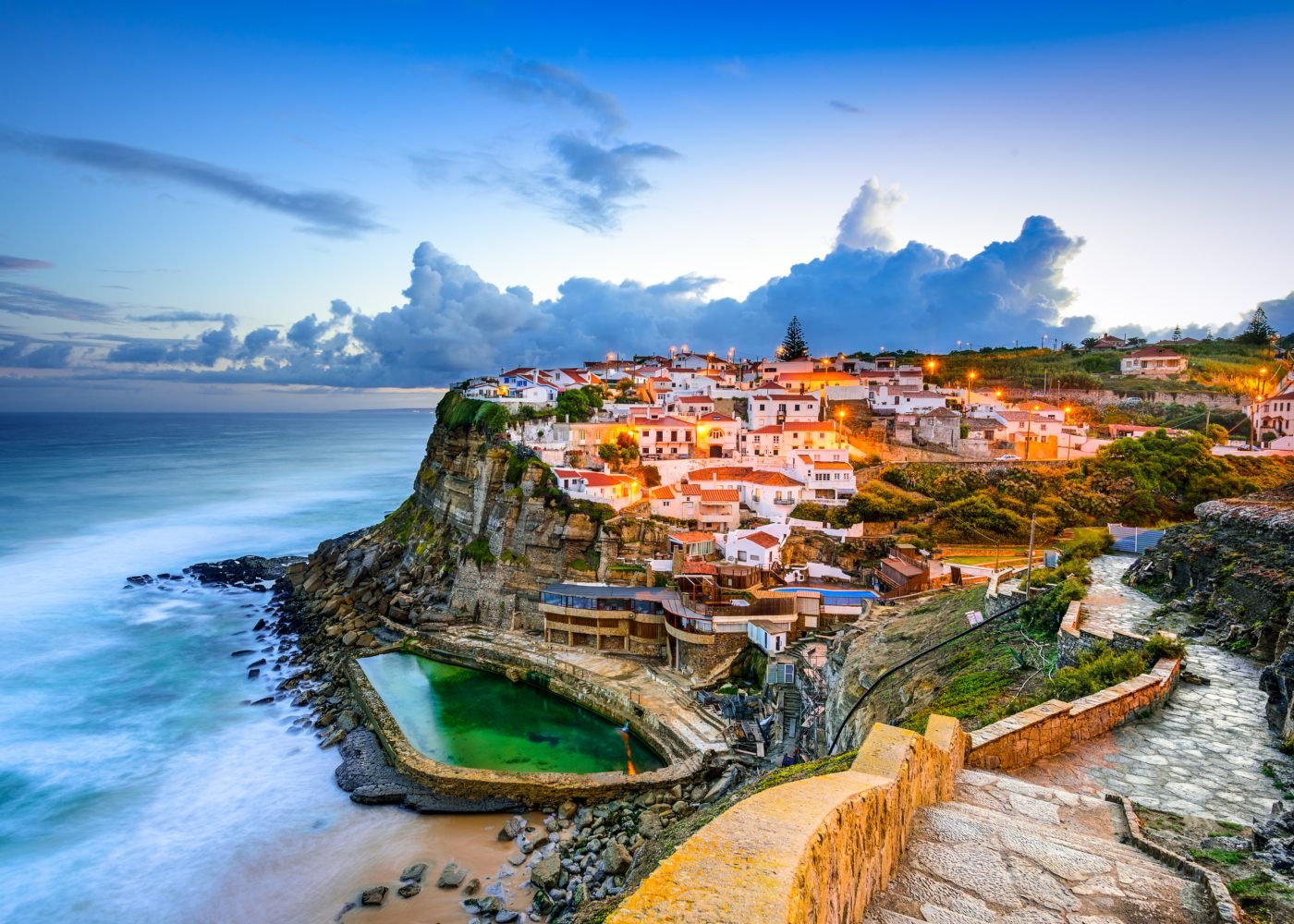
It is a charming nook worth visiting during a trip through Lisbon and its surroundings. The beautiful scenery that forms Azenhas do Mar, a picturesque village whose white houses swirl on the slope of a cliff that descends into the sea. And at the foot of the town, some natural saltwater pools next to a beach that is only shown to bathers at low tide. You can find Azenhas do Mar on the Atlantic coast, about 40 kilometers west of Lisbon, in the area known as the Estoril Coast where you can find other beautiful places like the Guincho or Adraga beaches. Or a corner like Cabo da Roca and, of course, Sintra and among its monuments, the spectacular Pena Palace.
Ilhéu de Vila Franca do Campo, Azores (island of Vila Franca do Campo)
The Ilhéu de Vila Franca do Campo is an enchanting island of the Azores archipelago, located west of the coast of Portugal. In the middle of the Atlantic Ocean, and at a short distance from the island of São Miguel, this islet is certainly one of the most evocative places in the Azores. Its perfectly circular shape is particular and was formed due to the collapse of an ancient volcano whose crater became a natural pool with a small beach. The islet is connected to the sea by a small channel called Boquete, a narrow passage that allows ocean water to enter, keeping it well protected from the violent waves and wind. The crater walls are covered by endemic vegetation, where many species of seabirds find shelter.
Today the island of Vila Franca do Campo is classified as a Natural Reserve, with the objective of protecting and safeguarding the entire habitat from the invasion of man.
Lagoa das Sete Cidades, São Miguel, Azores
The Lagoa das Sete Cidades is one of Portugal's most famous natural monuments. This freshwater lake covers about 4.5km2 and has a maximum depth of about 30 meters, however, its main feature is the dual coloring of its waters.
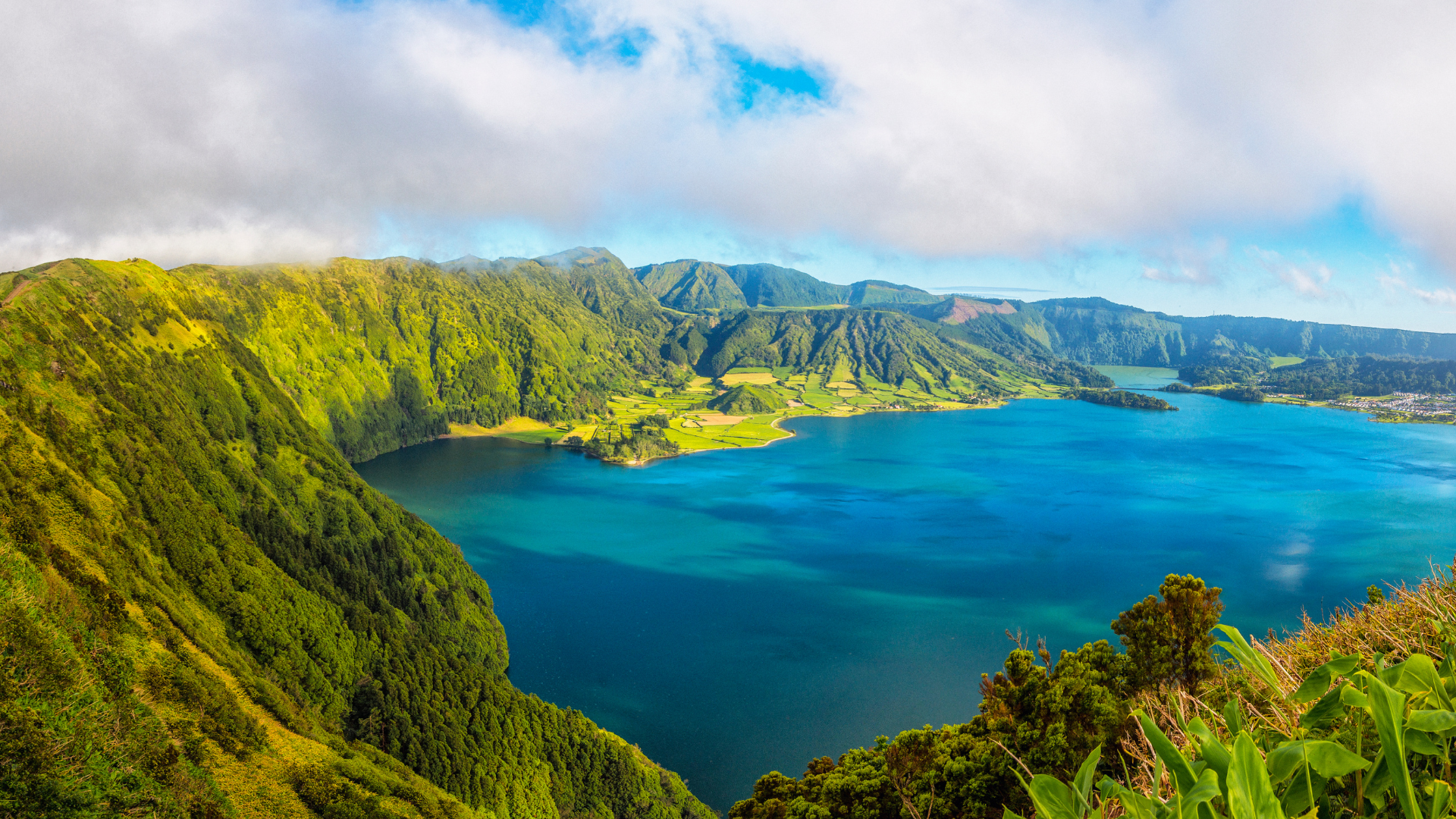
Although it is only one lagoon, it is crossed by a low bridge, and on one side the water is green, while on the other side it is blue. This unique feature of the Lagoa das Sete Cidades or lake of the seven cities, combined with the beauty of the surrounding landscape makes it one of the most beautiful destinations in Portugal.
Algar do Carvão, Terceira
Algar do Carvão is one of the most impressive natural monuments of the Azores. Located in the municipality of Angra do Heroísmo, this cave was formed from several volcanic eruptions and the rapid descent of magma into the deepest conduits of the volcano. Thus, when entering Algar do Carvão, we are in reality entering the volcano inside.
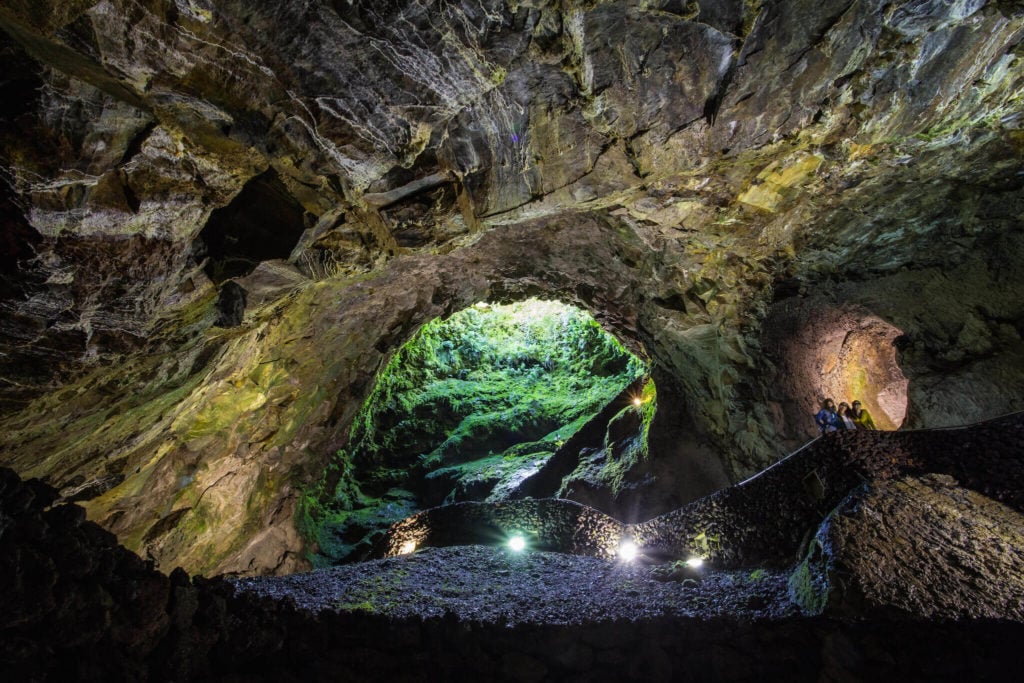
The interior of Algar do Carvão is spectacular and allows us to descend to a depth of about 100 meters, where there is a wonderful clear water lagoon of 400m2 and about 15 meters of maximum depth. Along the way, we can also observe stalactites that are unique in the world for their silicate characteristics.
Véu da Noiva, Madeira
The island of Madeira has many points of interest and natural monuments, and to represent it we chose the Véu da Noiva waterfall. In the Véu da Noiva (Bride's Veil) the water falls from the top of a high cliff into the sea. The water hits hard against the rocks during the fall, forming an extensive white foam that earned the waterfall its name.
Porto Covo
Honored in Rui Veloso's song, Porto Covo is a parish in the municipality of Sines, in the Southwest Alentejo and Vicentine Coast Natural Park. It is a quiet fishing community, very popular among the Portuguese as a summer destination, thanks to its magnificent beaches surrounded by cliffs.
.png?width=1920&name=Lagoa%20das%20ete%20Cidades%20(4).png)
Take a stroll through the center of Porto Covo, marked by the Pombaline style, and appreciate the white houses and the austere Church of Nossa Senhora da Soledade. But, of course, don't miss out on the beautiful coastline, especially Samoqueira Beach - one of the most beautiful in the country - Buizinhos Beach, Espingardeiro Beach, and Pessegueiro Island Beach.
Arrábida Natural Park, Setúbal
This nature reserve on the Setúbal Peninsula extends over some 17,000 hectares, integrated into a 35 km long mountain range. The Arrábida Natural Park encompasses the territories of Palmela, Sesimbra and Setúbal, and boasts some of the most stunning beaches in Portugal, such as Praia do Portinho, Praia de Galapos, Praia de Galapinhos and Praia dos Coelhos.
.png?width=1920&name=Lagoa%20das%20ete%20Cidades%20(6).png)
The waters are composed of an infinity of colors, the cliffs by the sea, the hundreds of caves, and the extensive green areas, rich in biodiversity, fascinate the visitors. But besides all this, Arrábida also has important monuments, such as the Castles of Sesimbra and Palmela and the Fort of São Filipe.
Sintra
Situated in the Sintra-Cascais Natural Park, the town of Sintra combines the abundant vegetation and the beauty of the mountains with the charm of peerless palaces and romantic architecture. It is no surprise that the cultural landscape of Sintra became a UNESCO World Heritage Site in 1995.
.png?width=1920&name=Untitled%20design%20(14).png)
There is no shortage of attractions in this town. The main ones are the Historical Center, the Pena National Park, and the Palace - one of the "7 Wonders of Portugal" - the Moorish Castle, the Sintra National Palace, Quinta da Regaleira and Monserrate Palace. For those who love sweets, there are also plenty of options to delight yourself. Try the famous Queijadas (cheesecakes) and the tasty travesseiros de Sintra (pillows) in one of the town's traditional pastry shops.
Casa do Penedo, Fafe
This peculiar tourist spot in Northern Portugal is a small house in the Fafe Mountains. Built between four huge rocks, which are part of its structure, Casa do Penedo fascinates with its strangeness and the beauty of its communion with the surrounding landscape. By prior arrangement, it is possible to take a guided tour and even have lunch there. The "Flintstones' House", as it is also known, was built in 1974 as a family's vacation home. Today, thanks to its uniqueness, it has become one of the many places to visit in Portugal.
Ribeira de Odeleite
Have you ever had the opportunity to see a more beautiful water trail than this? Also known as the Blue Dragon River, the Odeleite Stream/Ribeira de Odeleite is a powerful clear water spring that is also considered super sacred by the Chinese. Because of its fame, tourism in the region has grown considerably in recent years.
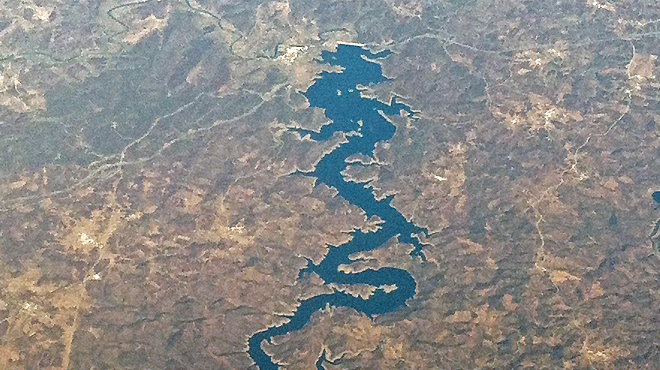
Besides all these, the city of Porto, Lisbon, the Douro valley, the Algarve, and Alentejo are surprising to those who visit them. Pay us a visit and realize the true impact of Portugal! Book now, with us, the trip that will change your life.

-1.jpg?width=1920&name=Untitled%20design%20(2)-1.jpg)
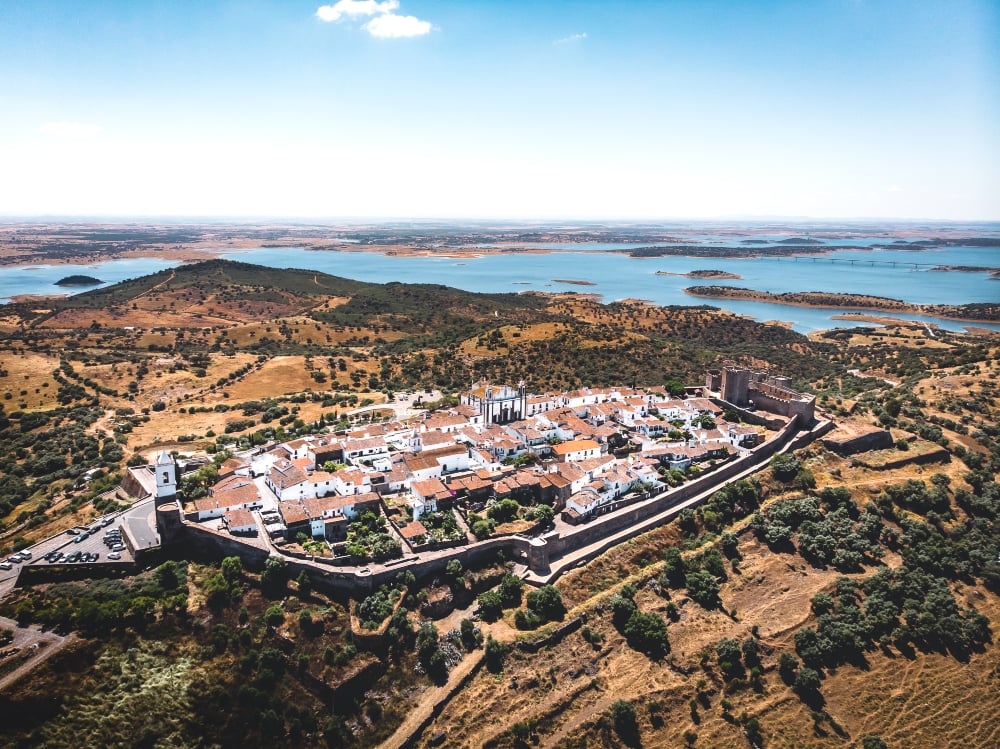

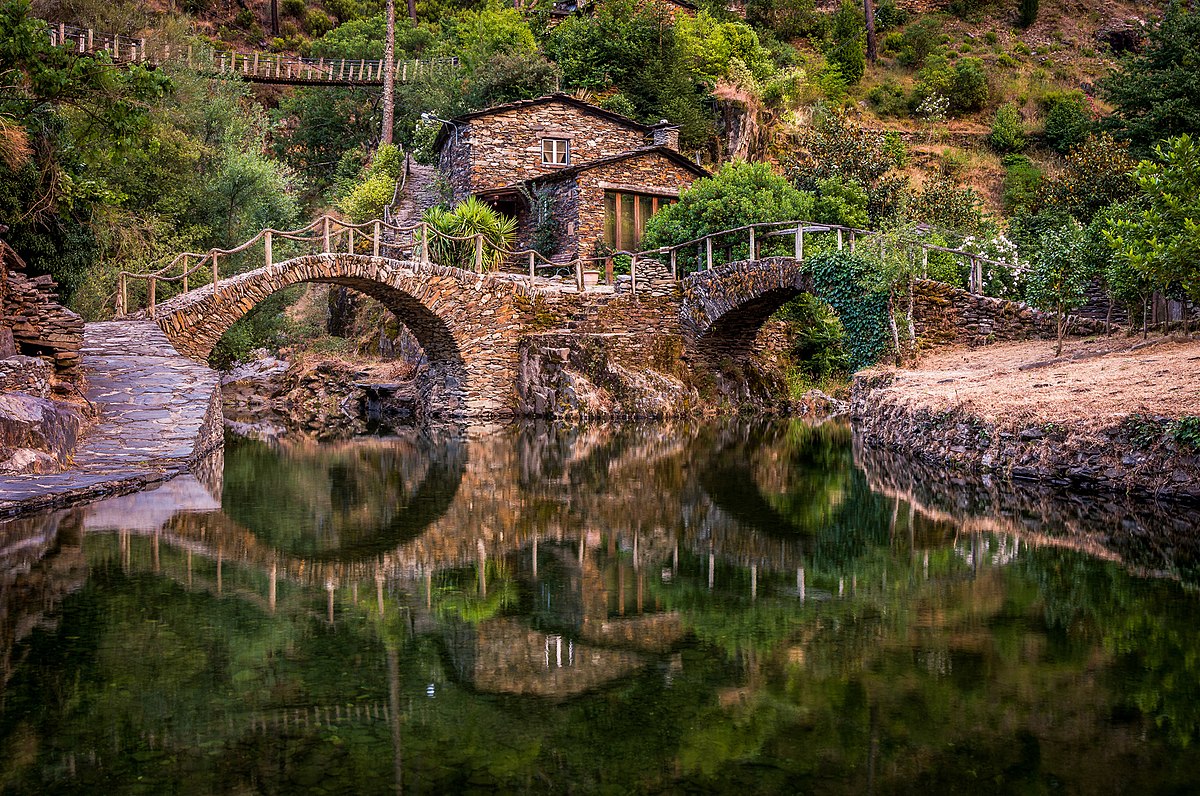
.jpg?width=1920&name=Untitled%20design%20(4).jpg)
.png?width=1920&name=Untitled%20design%20(11).png)
.png?width=1920&name=Untitled%20design%20(13).png)
.png?width=1920&name=Untitled%20design%20(12).png)
.png?width=1920&name=Lagoa%20das%20ete%20Cidades%20(1).png)
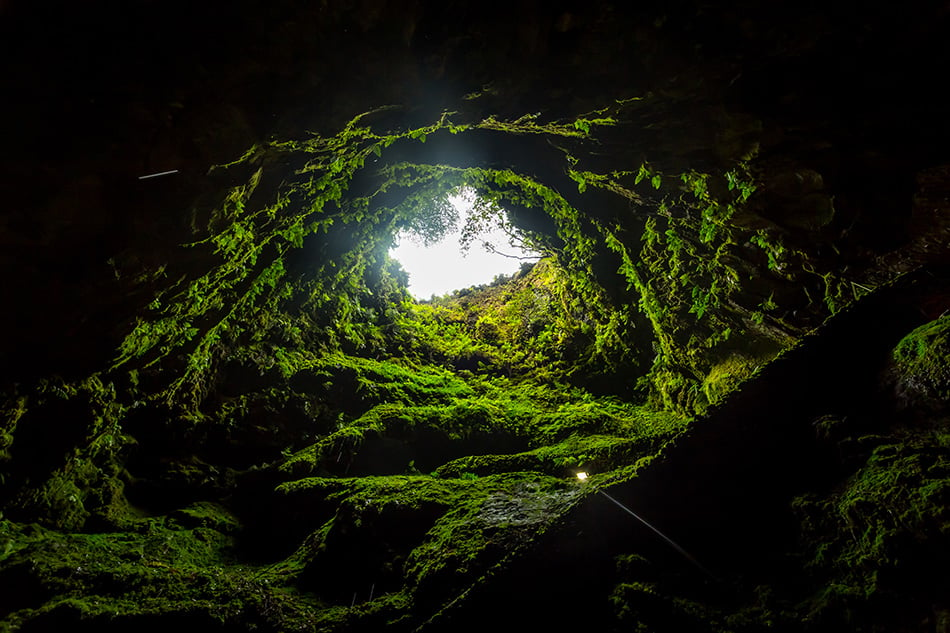
.png?width=1920&name=Lagoa%20das%20ete%20Cidades%20(2).png)
.png?width=1920&name=Lagoa%20das%20ete%20Cidades%20(3).png)
.png?width=1920&name=Lagoa%20das%20ete%20Cidades%20(5).png)
.png?width=1920&name=Lagoa%20das%20ete%20Cidades%20(7).png)

